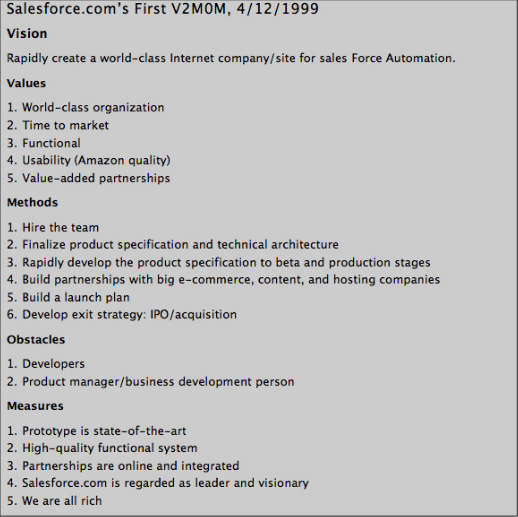If you are wanting to learn about servant leadership then check out this list of 15 must reads! These are considered to be quite popular and frequently recommended and referenced books. Go on, work on your leadership skills with these books!
//\\
If you are wanting to learn about servant leadership then check out this list of 15 must reads! These are considered to be quite popular and frequently recommended and referenced books. Go on, work on your leadership skills with these books!
//\\
So you think you may be a toxic boss, or perhaps you don’t even realise that you are…
This post identifies 8 signs that Google has shared as signs of a toxic boss:
How many of those sounded too familiar?
//\\
One of the key marks of a great leader is their great listening skills. This post talks about the 5 most common listening barriers for leaders:
How many of these points sound like things you do? I know I’m guilty. So what can we do to improve our listening skills? Paraphrase! Focusing on paraphrasing will hopefully mean you spend more time trying to understand what the other person is saying rather than blocking it out.
So let’s get paraphrasing folks!
//\\
Kerry Top shared the below infographic stressing the importance of businesses creating deep connections by focusing on their ‘why’. In his words “creating purpose and positive social impact are powerful attracting, sustaining and motivating forces.” Keeping such thoughts at the core of business is said to be good business.

So ask yourselves, are you focusing on your why and creating deep connections to drive business? If not, it’s time to think about how you can bring this into your business strategy.
//\\
I came across this quote from Simon Sinek and thought it was a great reflection of true leadership:
“The greatest contribution of a leader is to make other leaders.”
Are you making leaders?
//\\
This post suggests that accordingly to neuroscience, leaders need to focus on the following to improve resilience and performance:
Gain control of your brain and utilise these lessons in your company.
//\\
In this post we learn about 3 tactics that have been found to be used amongst top performers to get people to buy into their ideas.
1. Make them upset and then excited – As odd as it may sound this actually makes sense. Remind someone of their frustrations and then relive this frustration with a solution (being your product)
2. Show it (don’t just tell it) – Top performers have been said to get their point across by making use of things like props, photos, videos and demonstrations
3. Make them feel purpose – inspiring people with a vision of a greater purpose is said to be the mark of a great leader. As an example, while Starbucks sells coffee, they serve a larger purpose to bring people together as a community and creating a “third place between work and home”.
In this post we hear about how simply being nice has been a cornerstone of Bobbi Brown’s business and led to the success it sees today.
Bring nice to people shouldn’t be driven by the desire to want something back from people, but should be done simply as it will make you feel good.
The post also mentions that a culture of kindness and caring brings with it even more kindness and caring. And that people learn from their leaders so the tone at the top is important.
Moral of the story, be kind and create a culture much the same and you too may reap the benefits of this like Bobbi Brown has!
//\\
What is V2MOM? It is the guiding process used by Salesforce in all its decisions, from when the company first started in 1999 to its IPO in 2004. The acronym stands for Vision, Values, Methods, Obstacles and Measures As outlined in this Salesforce blog this method allows them to continuously adopt in todays fast moving environment compared to other business tools like organisational charts which hey find too stagnant. It is said that this method has allowed them to achieve a ‘high level of organisational alignment and communication while growing at breakneck speeds’. It serves as bit of a roadmap that shows you your destination but also guides you along the way.
The process asks the following questions:
Vision – What do you want?
Values – What’s important about it?
Methods – How do you get it?
Obstacles – What might stand in the way?
Measures – How will you know when you have it?
Here is what Salesforce’s first V2MOM looked like:

It’s worked for Salesforce and could work for you too, so give this simple tool a crack!
//\\
In this read, we hear about how Sami Inkinen, who cofounded a company, led it to an IPO and a $2.5 billion acquisition would do things differently:
1. Define a clear and meaningful purpose before you start your company – Having a clear mission in place can be a great motivating force for everyone involved n the business from the employees to the investors and the customers
2. Celebrate the journey and the little milestones even more – Each stepping stone in your journey is important so cherish it!
3. Sweat the big stuff. And only the big stuff – Focus on the essentials. This could include the hiring and developing of people, defining the strategy, ensuring there is enough cash on hand and product delivery
4. Mostly make hard decisions and make them alone – The hard decisions are the valuable ones that require your attention, whilst others should be able to deal with the rest
5. Actively manage people and talent – people are at the core of your business and so its important that you focus on creating a culture where people can thrive and achieve success together
//\\